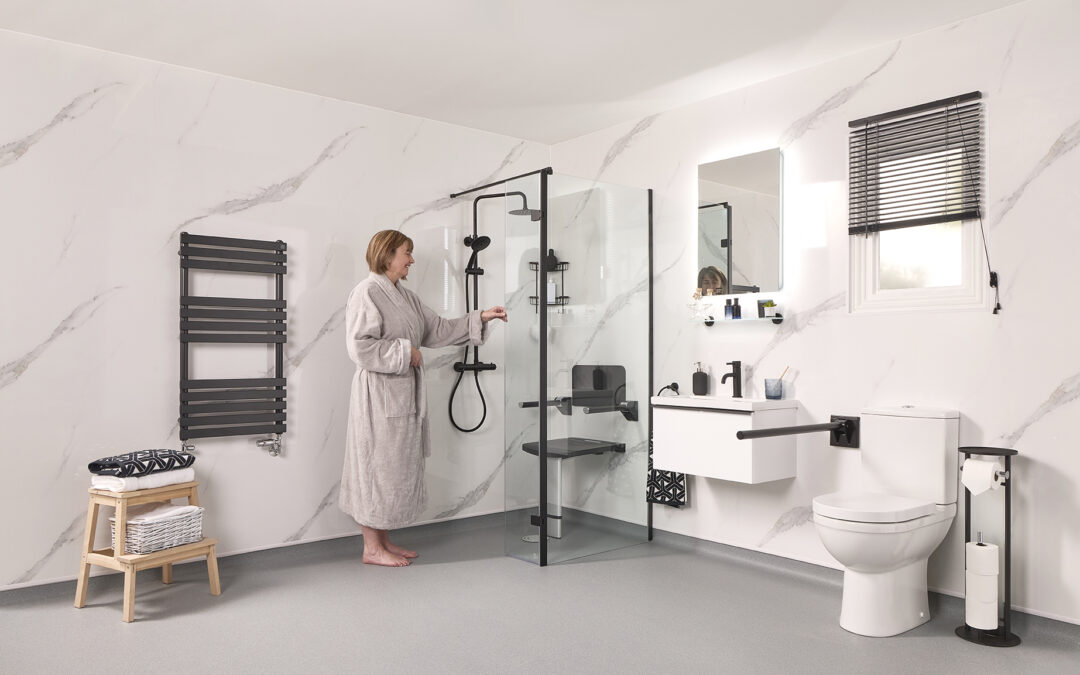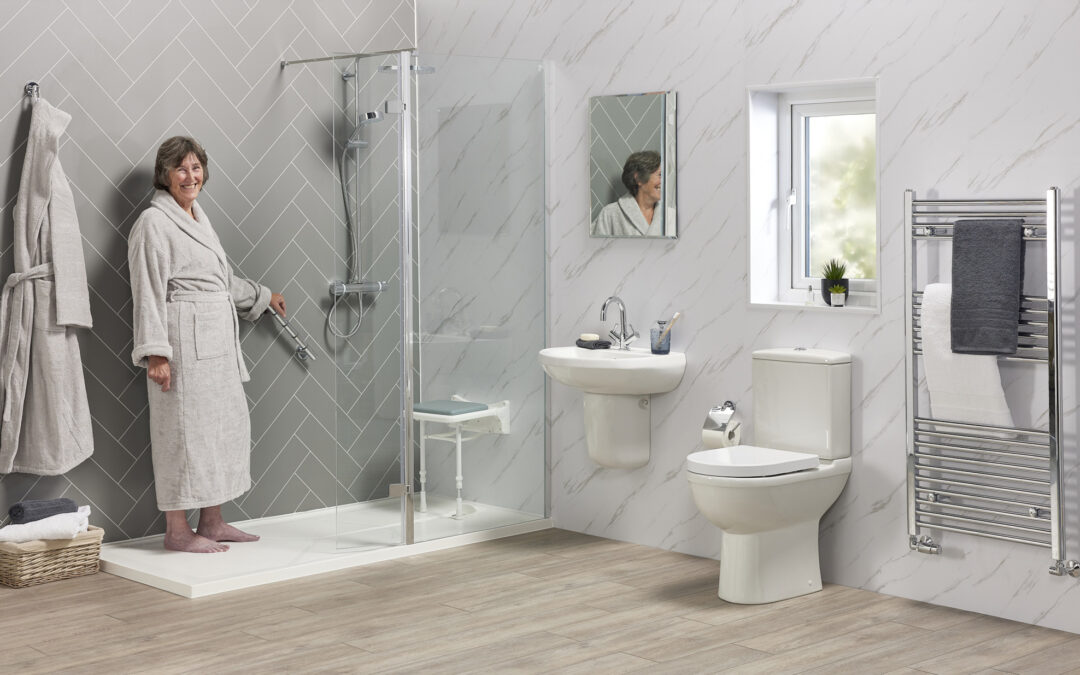Hoists
Hoists offer a safe and effortless way to assist individuals with limited mobility during transfers.
Request a Free No-Obligation Home Visit
Request a Free No-Obligation Home Visit.
















About Mobility Hoists
Our range of mobility hoists is designed to help people move comfortably and securely from one place to another — whether it’s from a bed to a chair, into a car, or in and out of a bath. These systems are essential tools for caregivers and individuals alike, providing peace of mind and reducing the risk of injury.
Whether you are looking for bath hoists for disabled users or a reliable bath hoist for elderly family members, EA Mobility offers a variety of hoist systems offering customised versatile solutions, catering to various room sizes and individual suited for different needs, settings, and budgets. requirements.
Key Features
A highly secure, effortless, and versatile hoist solution for safe and comfortable transfers
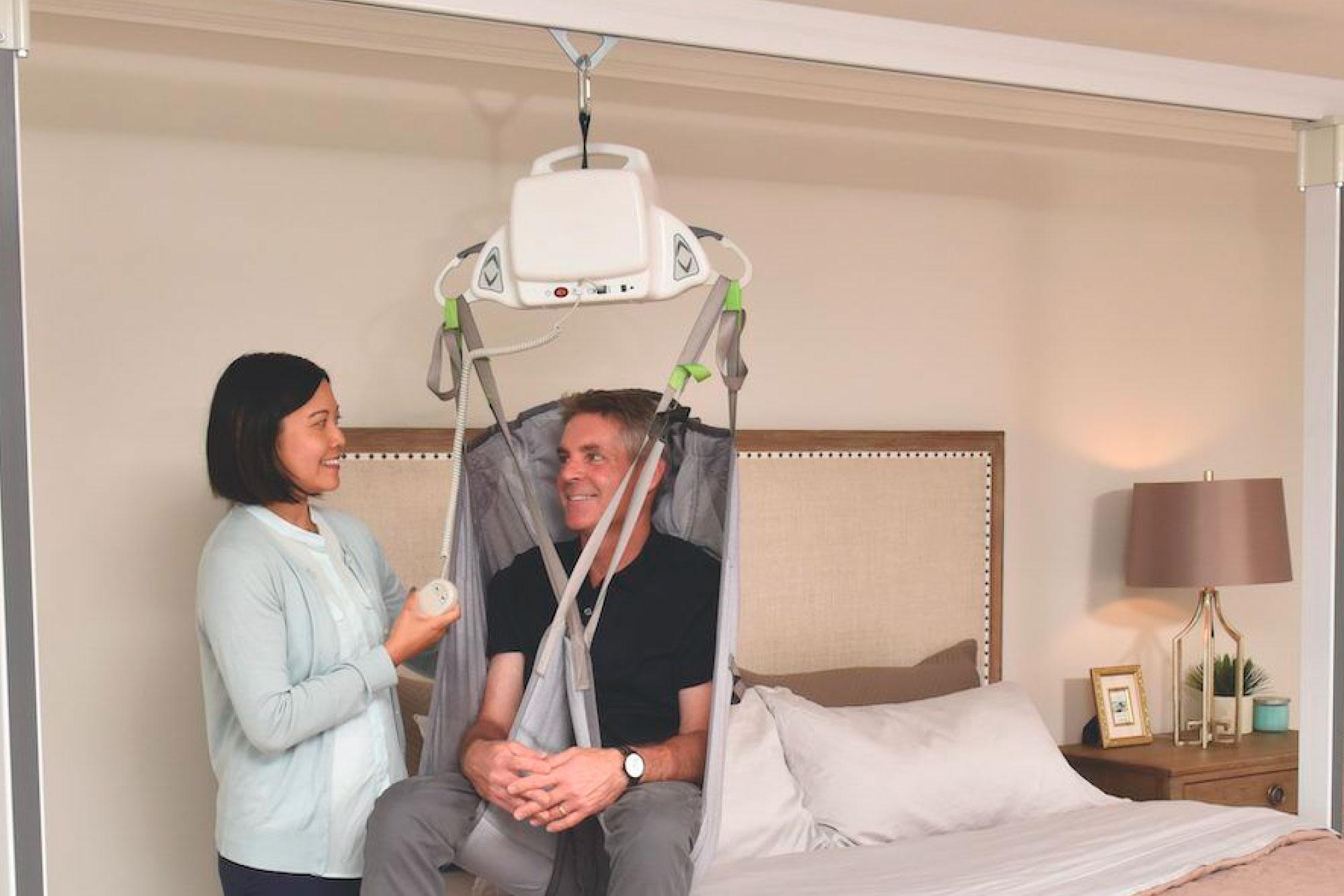
Safe and Supportive
Designed to ensure maximum safety, hoists provide a secure and effortless way to assist individuals with limited mobility during transfers, reducing strain on both users and caregivers.
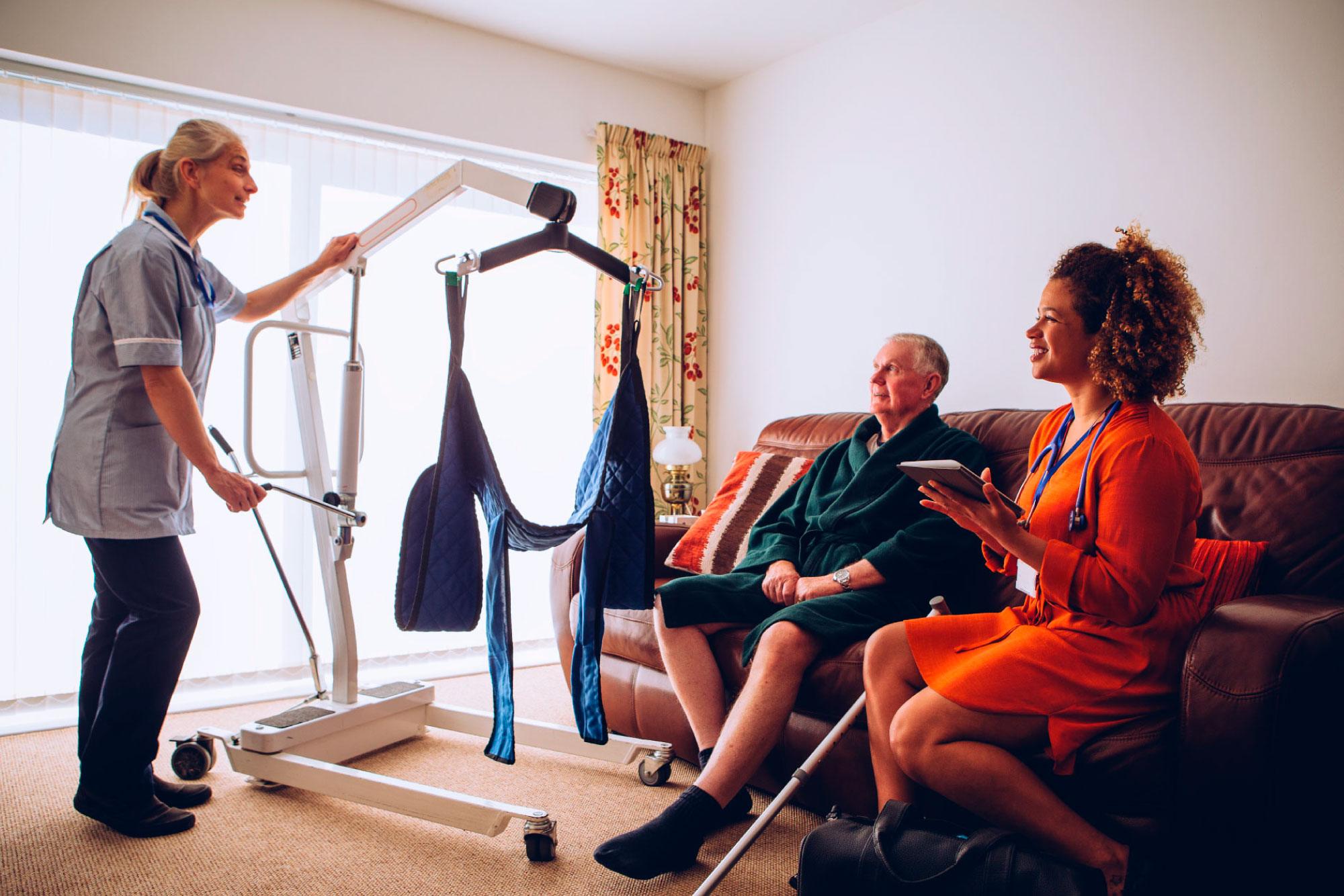
Versatile Solutions
Available in multiple configurations, including ceiling-mounted and portable options, these hoists cater to different room sizes and specific user needs for enhanced flexibility.
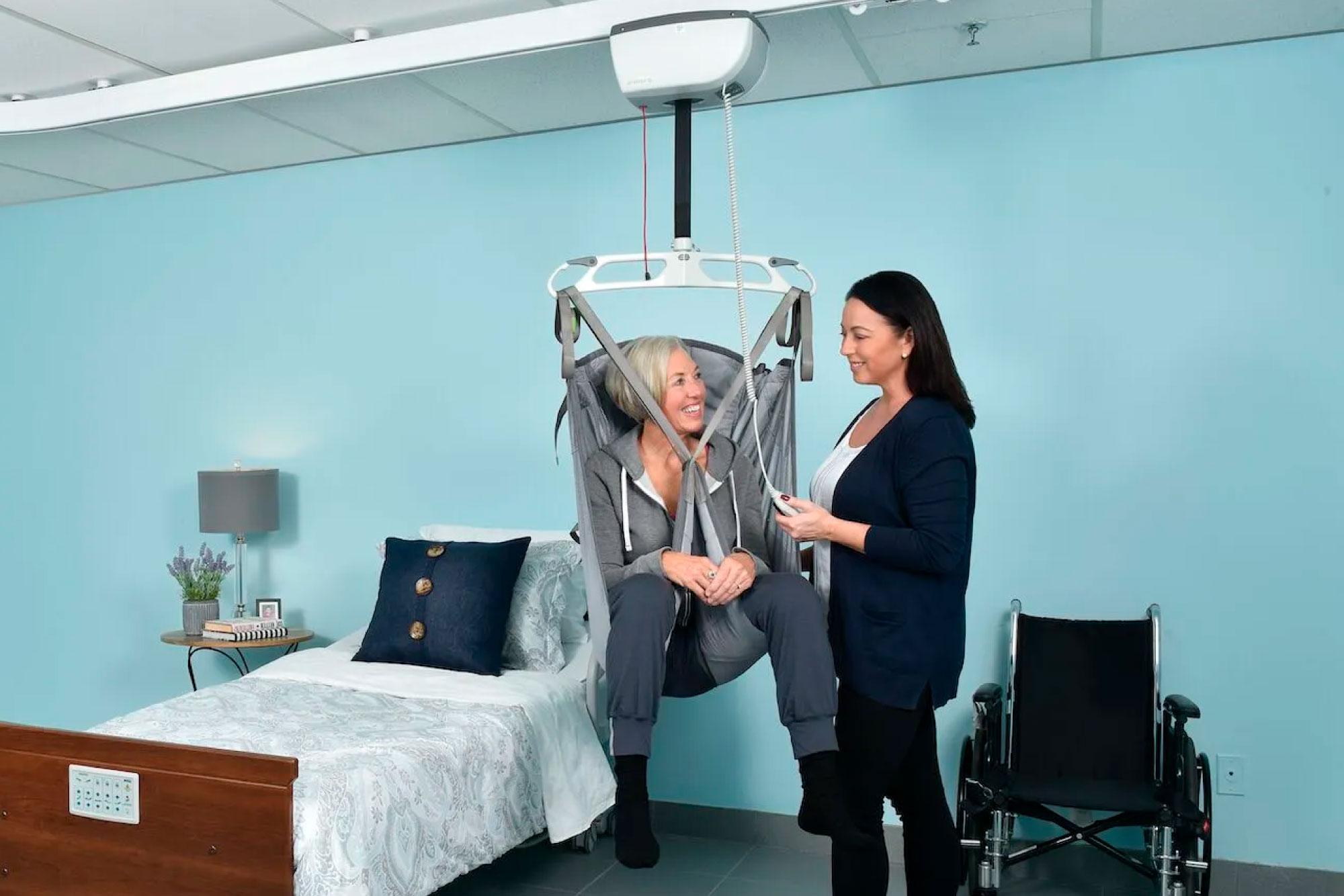
Smooth and Comfortable
Engineered for seamless operation, hoists deliver a smooth transfer experience, enhancing user comfort while maintaining stability, control, and ease of movement.
Enhancing Mobility and Comfort
Hoists provide a mechanical means by which a less able person can be moved or transferred. They facilitate movement from one place or position to another. This could be in and out of a bed, across a room or into a car.
When the act of moving puts too much strain on your carer or on yourself, you may require a hoist. Such situations pose a risk of harm. Additionally, if you are exploring hoists as a way to live more comfortably, it’s important to understand the benefits and uses of each one.

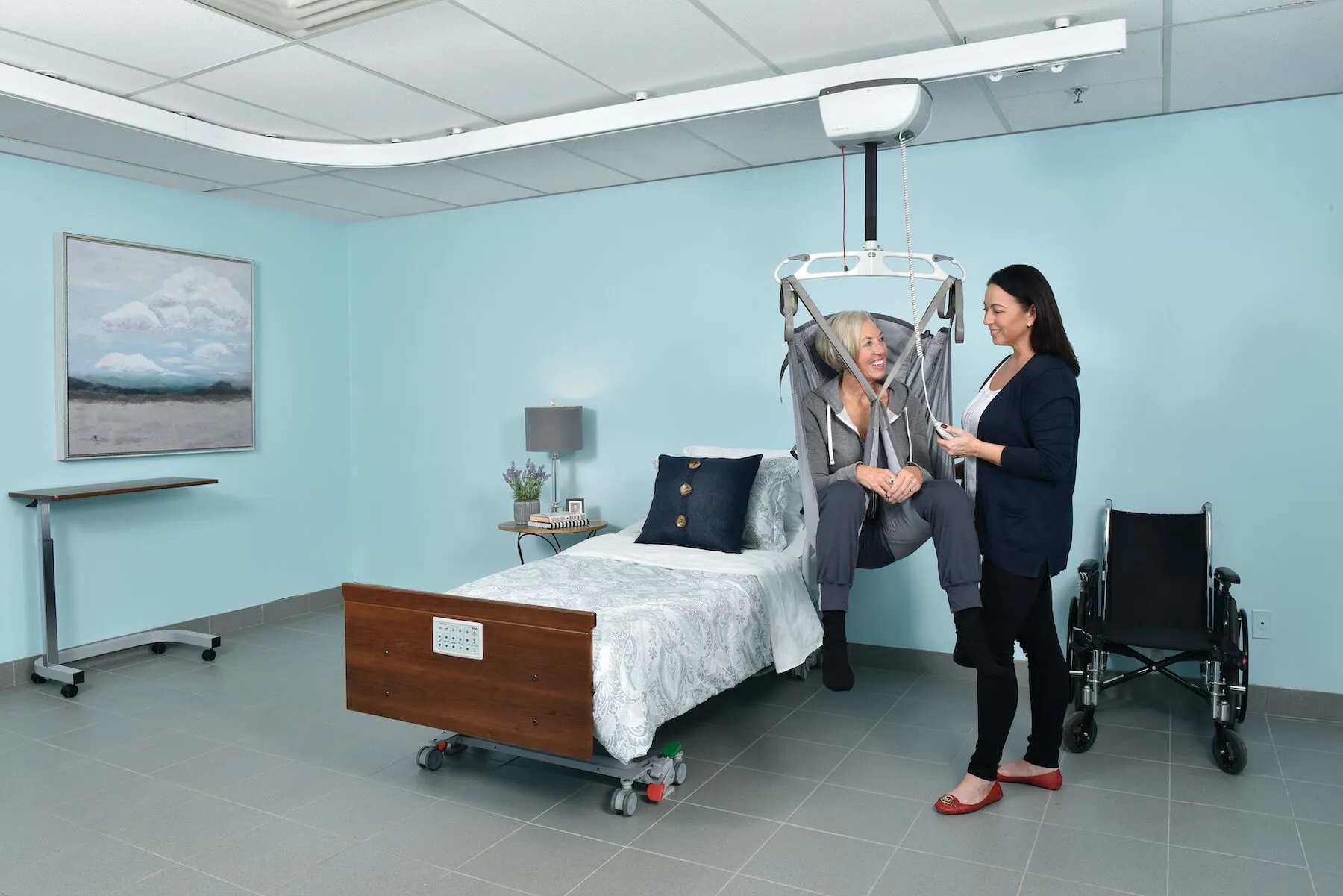
Ceiling Hoists
Ceiling track hoists ensure a safe, quick way of transfer. This type of hoist runs along permanently fixed tracks or rails, so they do not occupy floor space the way a mobile hoist does. Notably, users may operate ceiling-mounted hoist systems independently. This is often impossible with floor-standing systems.
Ceiling hoists suit a variety of care settings. These settings encompass hospitals, care homes, and private residences. You can install them in multiple rooms or areas to provide comprehensive coverage throughout a property.
Gantry Hoists
A gantry rail hoist (aka overhead hoist) offers a more portable alternative to a ceiling track hoist. These work by supporting the track from a free-standing frame rather than attaching it to the ceiling. This feature allows for easy installation and removal, making them perfect for use in temporary or multiple locations.
Physiotherapy clinics or schools often use these when a more versatile transfer system is needed. You can also use them at home, when travelling or visiting friends and family. These can come with different span widths from 2-5 meters. Our team of specialists can ensure to match the right hoist solution to your particular needs.
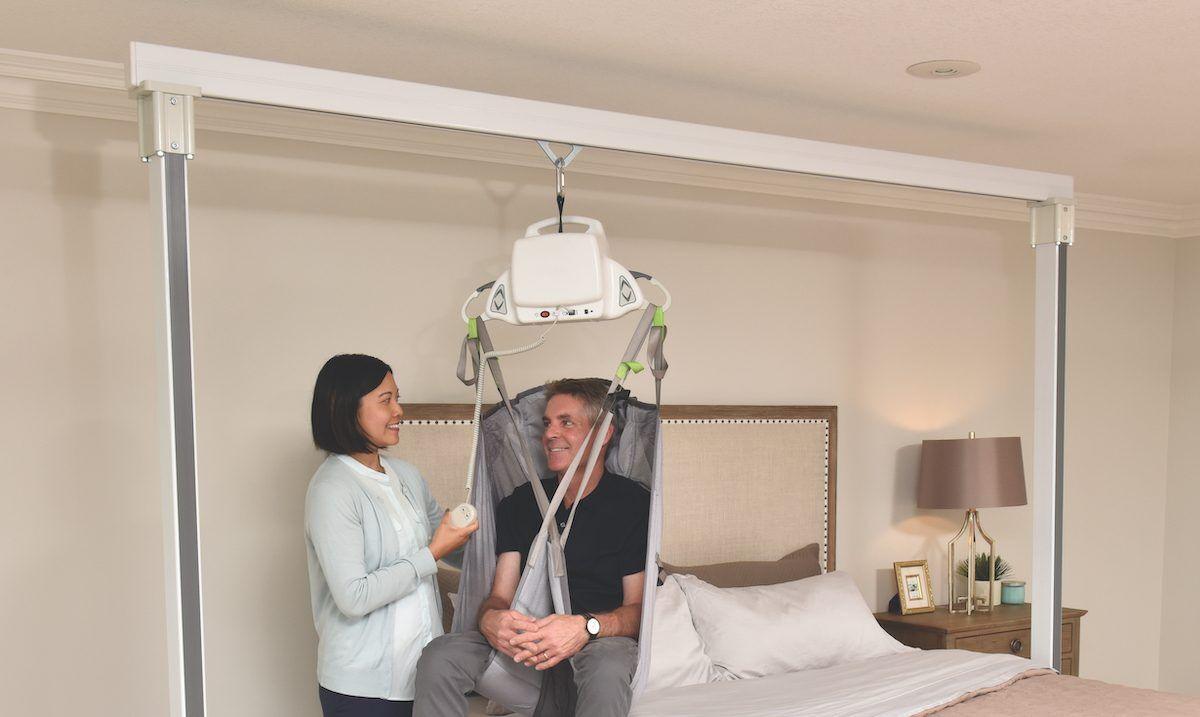
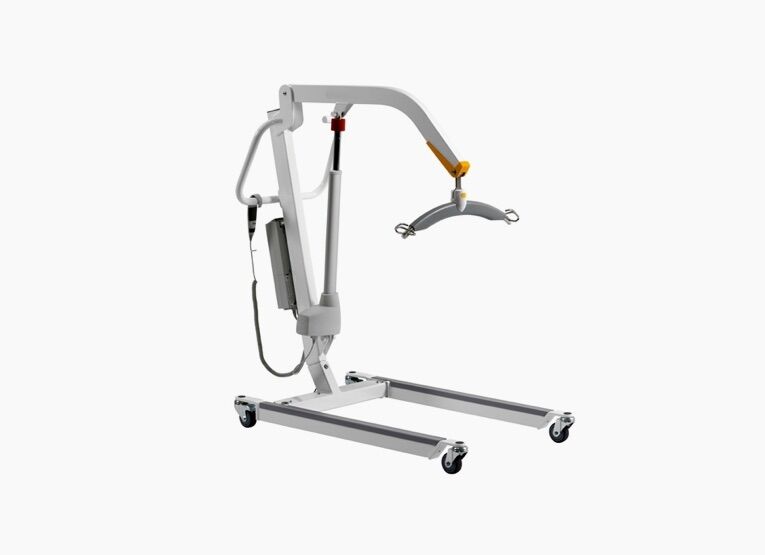
Mobile Hoists
The most common type of hoist is the mobile hoist, which you can use in a variety of complex or basic situations, such as in the house or for getting in and out of a car. Mobile hoists, being self-contained units, don’t require any track installation, offering maximum flexibility at an affordable price point. What’s more, this kind is easily transportable, making it ideal for day trips and holidays.
We offer our range of mobile hoists with the user’s comfort, safety, and convenience in mind. We offer a variety of models to choose from depending on your build and specific needs. These considerations include lifting capacity and manoeuvrability. Our team can also provide training and guidance on how to correctly and safely use these hoists.
What our customers have to say…
Our accessible bathing solutions have been a game-changer for our customers, enhancing safety, convenience, and style without compromise.
Contact Us Today to See How We Can Help
We’re here to create the perfect accessible bathroom for you.
Our team will guide you through every step, ensuring a solution that’s practical, stylish, and perfectly suited to your needs.
Request a Free No-Obligation Home Visit
Our experts are ready to visit your home and discuss your requirements in detail.
Our phone lines are open 24/7.
What to Expect During Your Free Home No-Obligation Visit
An Experienced Home Assessor Visit
Home Assessor will schedule a visit at a time convenient for you. Rest assured, they are fully vetted and DBS-checked for your peace of mind. The visit typically takes around an hour.
Understanding Your Bathroom Needs
The assessor will carefully listen to the issues you are experiencing with your current bathroom and discuss potential solutions to address these problems.
Design and Quotation
After assessing and measuring your bathroom, the assessor will create a design and prepare a quotation for your mobility bathroom, which they will leave with you for consideration.
VAT Exemption
The assessor will inform you about possible VAT exemptions on bathroom adaptations, offering significant savings.

Request a Free No-Obligation Home Visit
Help & Advice
How to Clean a Raised Toilet Seat: Step-by-Step Guide for Hygiene and Safety
Why Is Cleaning a Raised Toilet Seat Important? Keeping a raised toilet seat clean isn’t just about appearance—it’s essential for maintaining...
Gantry vs. Ceiling vs. Mobile Hoists: Understanding the Key Differences
Choosing the right hoist is key to safe and comfortable transfers at home. This guide compares gantry, ceiling, and mobile hoists—covering installation, portability, caregiver strain, and ideal use cases. Whether you need a long-term solution or flexible short-term support, learn which hoist fits your space, lifestyle, and mobility needs best.
Enhancing Accessibility with Disabled Basins: An EA Mobility Perspective
Creating a safe and independent bathroom experience is vital for individuals with limited mobility. Installing disabled basins is a practical and...




